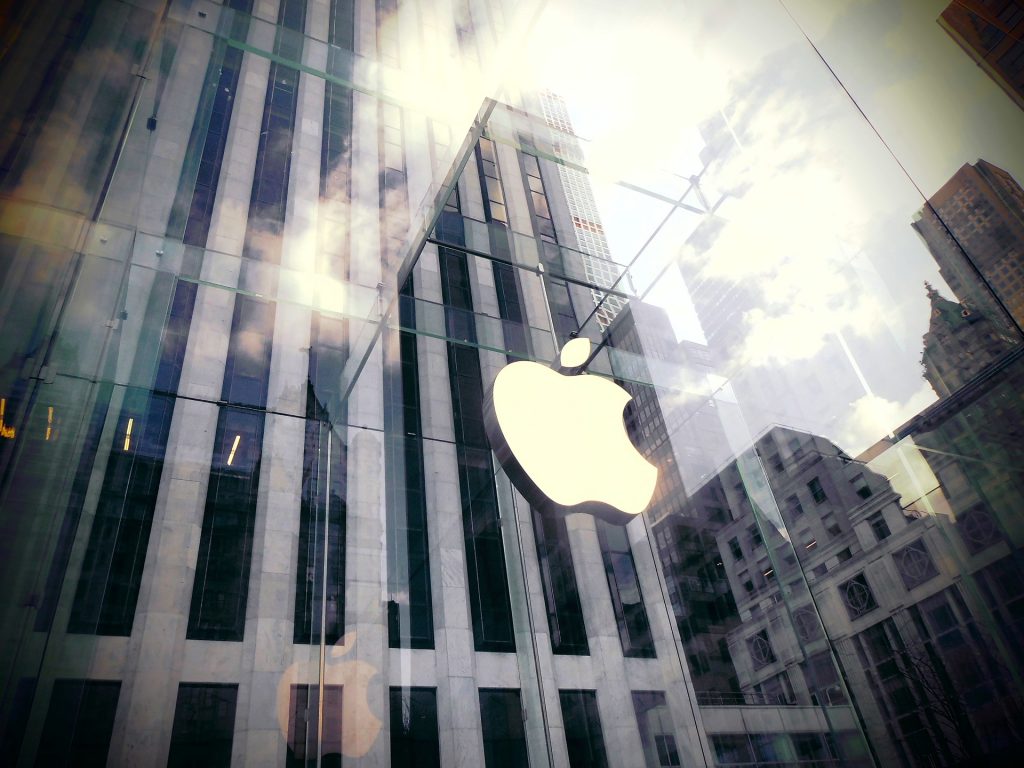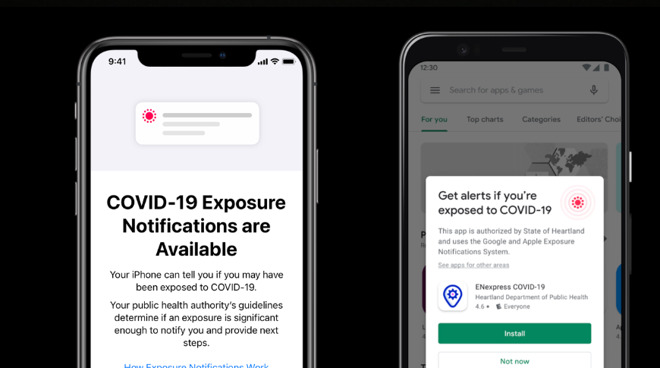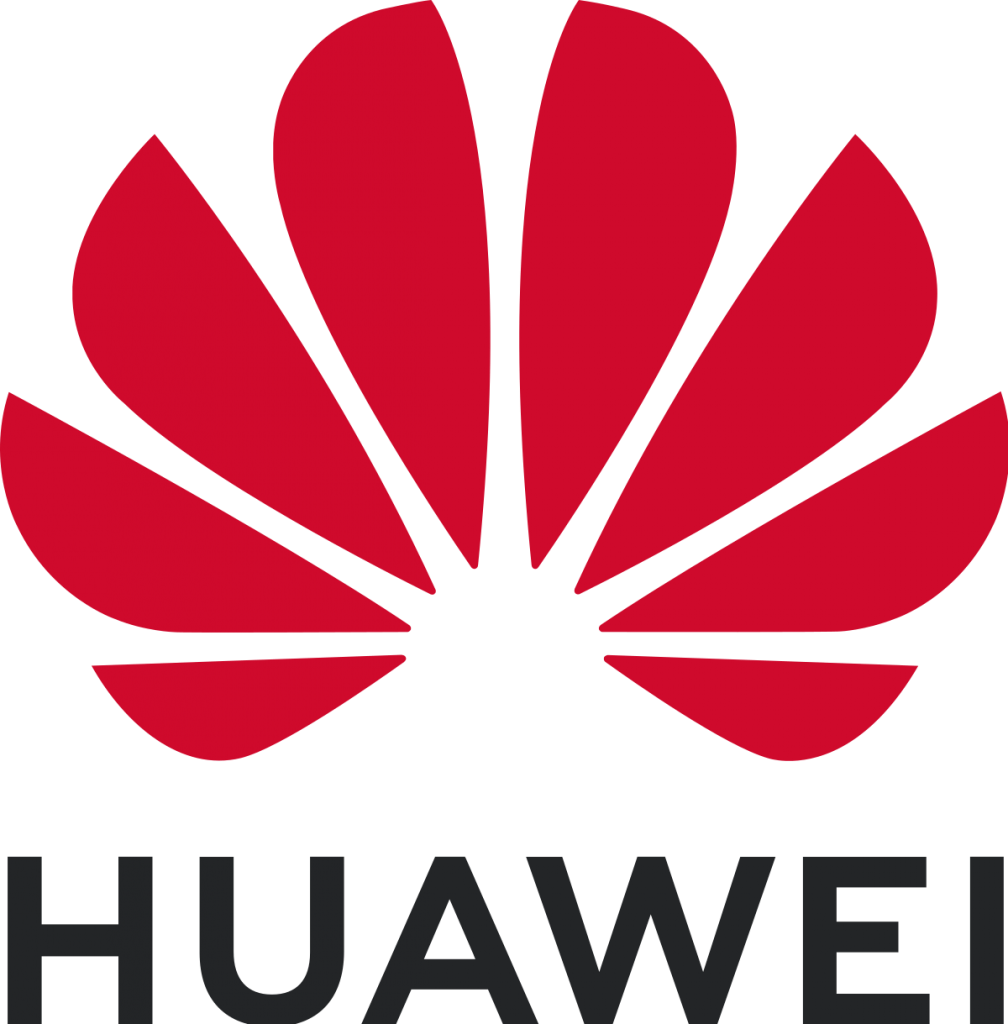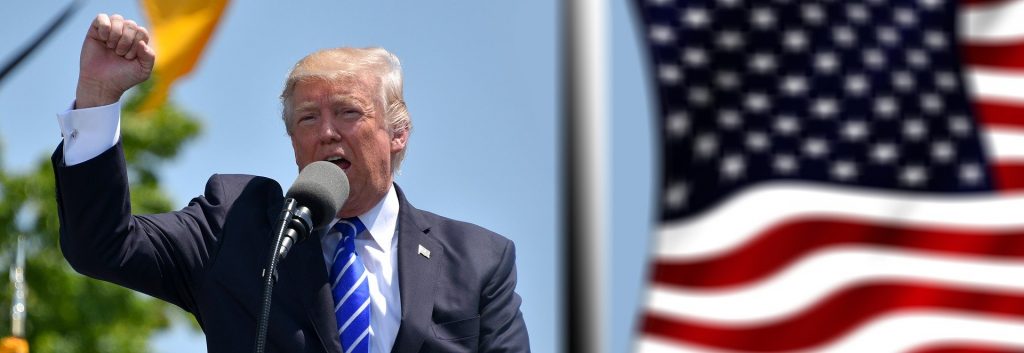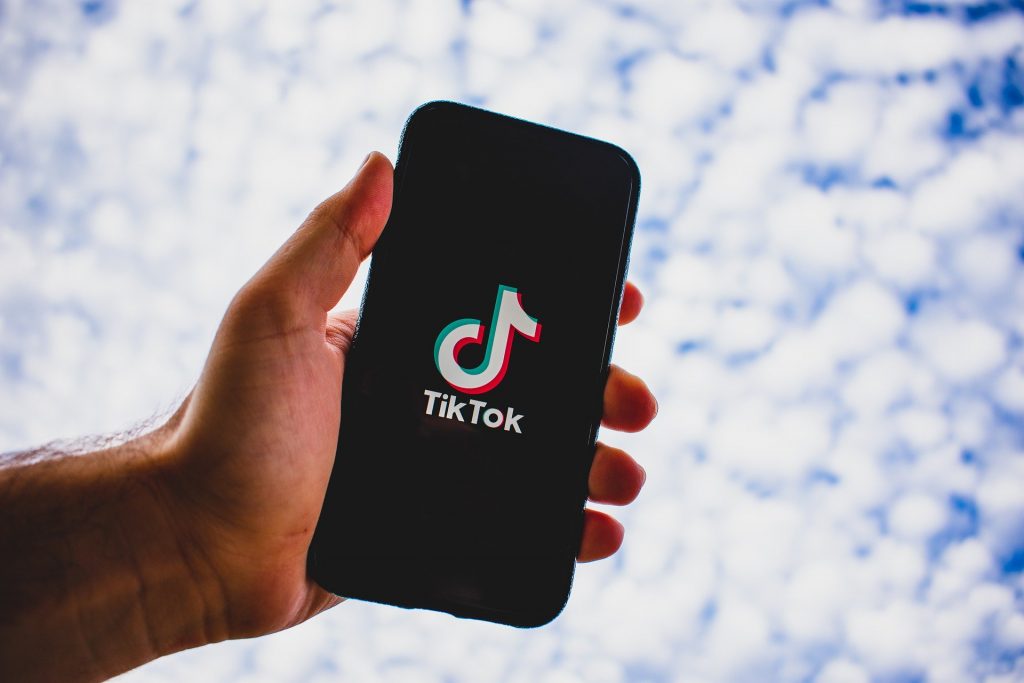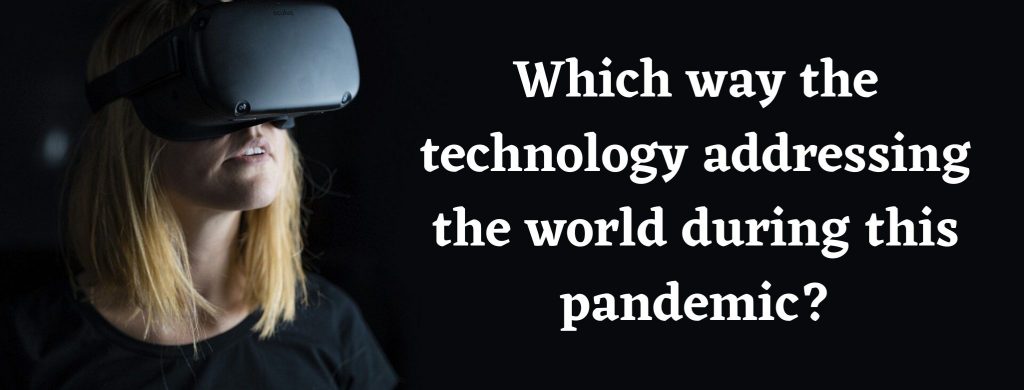Hacking Group from China Attacks the Bharat Biotech and Serum Insititute of India (SII) IT Infrastructure
India has not been on good terms with China for the past few years. From crossing the borders to attacking the Indian government on political grounds, China is pushing all the limits. This time, the Country has gone even beyond.
For the past couple of weeks, a Chinese hacking group has been interfering with the IT systems of two major Covid-19 vaccine manufacturer companies in India, i.e. Serum Insititute of India (SII) and Bharat Biotech. The Singapore and Tokyo-based cybersecurity company, Cyfirma, has revealed that a China-state-backed hacking group named APT10, also known as Stone Panda, had identified holes in the IT infrastructure and supply chain software of these two Indian companies. Cyfirma follows around 750 cybercriminals and uses a cybersecurity tool DeCYFIR to monitor over 2000 hacking campaigns, to create robust cybersecurity strategies for companies around the world.
The Chief Executive at Cyfirma, Kumar Ritesh, said in a statement, “In the case of Serum Institute, they have found a number of their public servers running weak web servers, these are vulnerable web servers. They have spoken about the weak web application, they are also talking about the weak content-management system. It’s quite alarming.”
Covid-19 and its Vaccination
Due to the spread of Covid-19, the year 2020 has been a disastrous year for the entire world. And despite, we have discovered a few vaccines to fight Covid, we are still struggling to get everything back to normal. Exactly a year ago, the world got to know about the Covid outburst, and countries had to shut down all their operations. China got all the blame since the virus had come from Wuhan, a city in China. The year passed in finding the cause of the virus and vaccine for it, but China never admitted its hand in the spread of Covid.
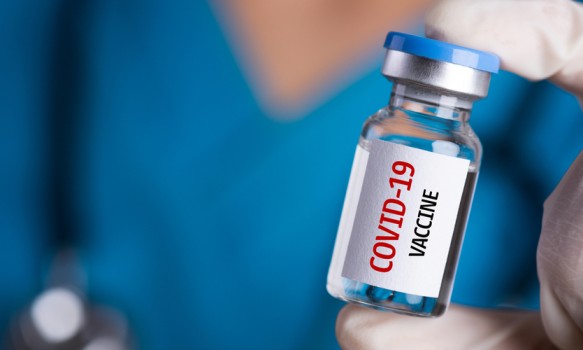
Many countries blamed China, and many defended, but the main issue was to find a drug to help fight the disease. Finally, two big drug manufacturing companies in India, The Serum Institute of India (SII) and Bharat Biotech, came with their version of the vaccine for Covid, and the vaccination process started. SII came up with Covishield, and Bharat Biotech is manufacturing Covaxin.
Motive Behind the Cyber Attacks
As said earlier, the Serum Institute of India and Bharat Biotech are some of the first pharmaceutical companies to provide the most effective Covid-19 vaccines. These two companies are the ones, supplying 60% of Covid vaccines to the world, and China falls in the other 40% category to sell or gift its vaccines to the other countries.
According to Cyfirma, the motive behind attacking the IT systems of these two companies can be this excessive competition. “The real motivation here is actually exfiltrating intellectual property and getting a competitive advantage over Indian pharmaceutical companies,” said Ritesh in a statement.
Action to be Taken
The matter has gone into the hands of the state-run authority CERT (Computer Emergency Response Team). Though the authority has denied commenting on the matter, due to the importance of the issue, they have confirmed that the matter will be handled by the operations director of CERT, S.S Sharma. According to Cyfirma, they had contacted CERT on the issue, and it has acknowledged the threat.
Other than China, there have been cyber intrusions in the IT systems of companies manufacturing Covid-19 Vaccine around the world from other countries as well. Microsoft, in November, had confirmed that there have been cyber attacks on drug companies of India, Canada, France, the USA, the UK, and South Korea from countries like Russia and North Korea.
Drugmaker Pfizer Inc had also revealed that some of its documents that included the information regarding Covid-19 vaccine manufacturing also went under a cyber attack in December 2020 and were “unlawfully accessed”. For now, neither China’s foreign ministry nor SII or Bharat Biotech has given any statement on the matter.

Yashica is a Software Engineer turned Content Writer, who loves to write on social causes and expertise in writing technical stuff. She loves to watch movies and explore new places. She believes that you need to live once before you die. So experimenting with her life and career choices, she is trying to live her life to the fullest.
